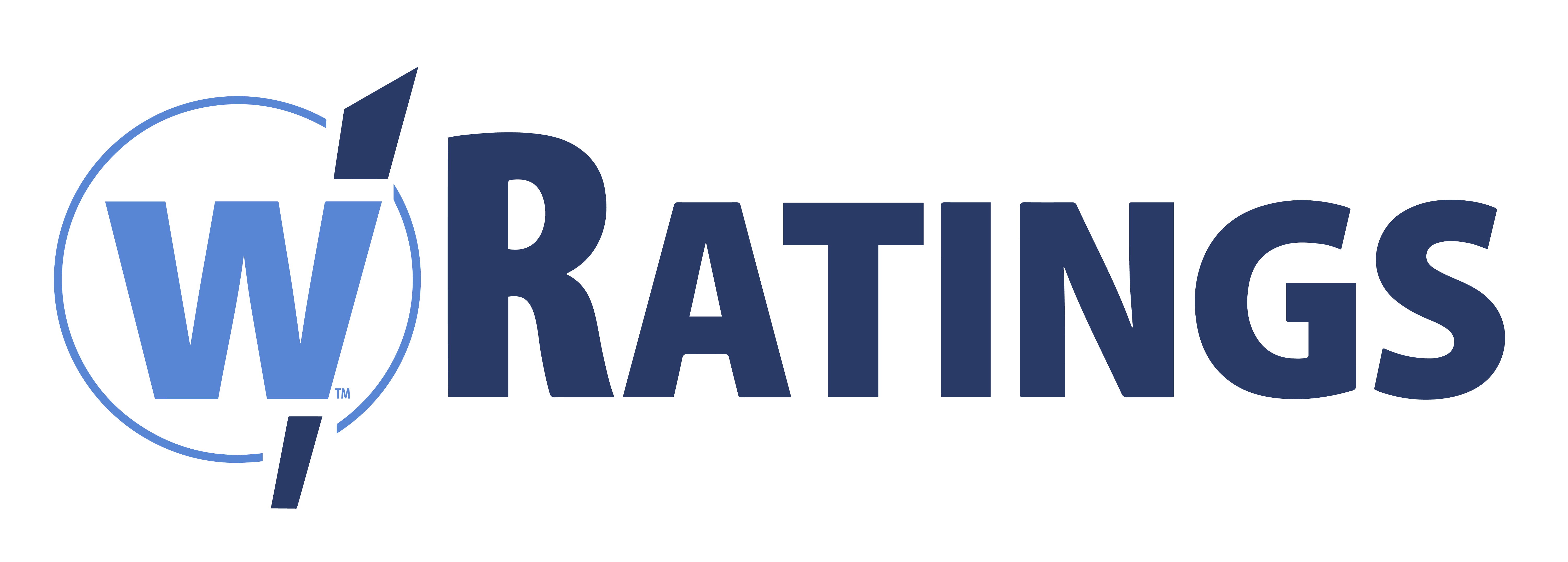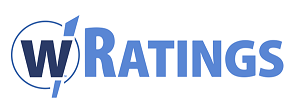What Starbucks and the Golden State Warriors Have in Common
Gary A Williams
March 18, 2025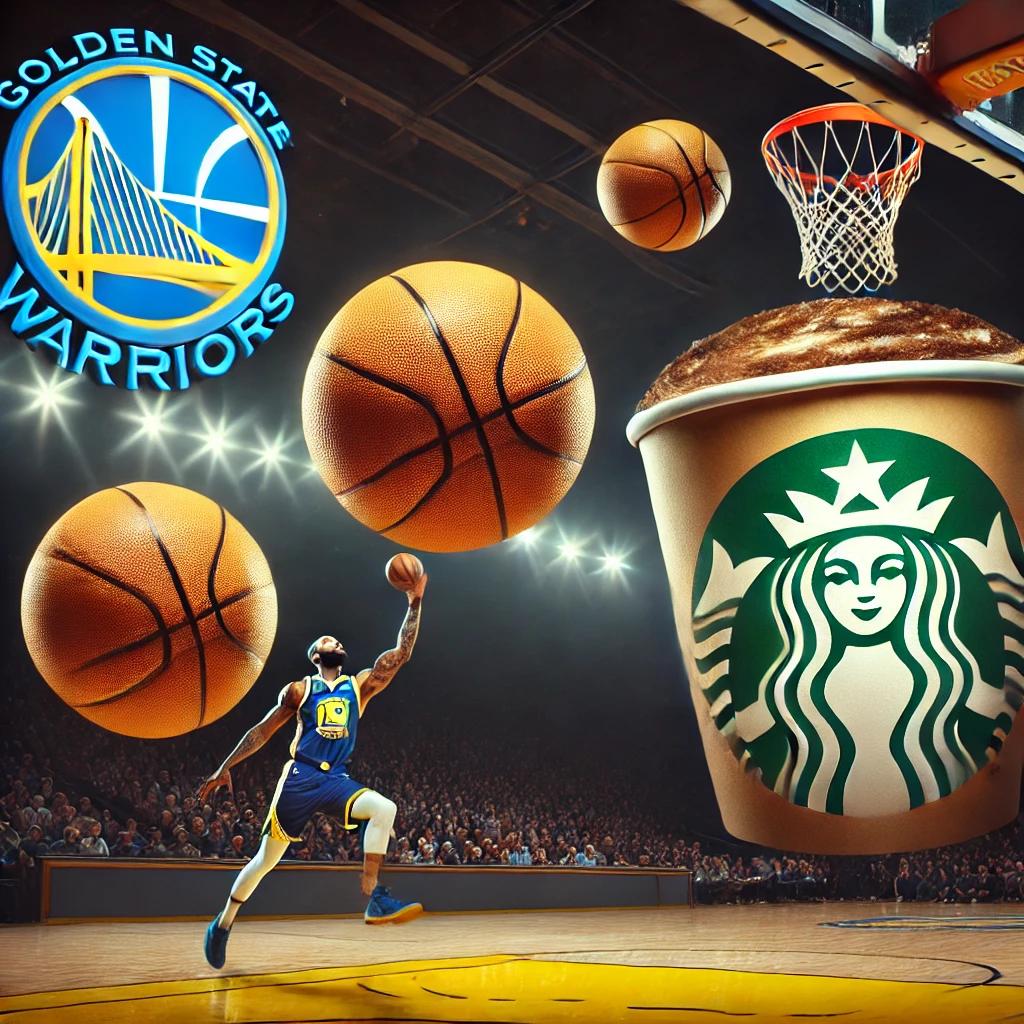
All trademarks are properties of their respective owners.
While both organizations are based on the west coast, Starbucks Corporation and the NBA’s Golden State Warriors would not appear to have much in common beyond buying each other’s products.
But in the last 15+ years, both outfits have needed to reinvent themselves to chart a path to winning. And not just once, but twice. Their leaders have turned to Moneyball analytics to spark their journey. Let’s start with the Warriors.
The 3-Point Inefficiency Discovered
In 2010, Joe Lacob (Klein Perkins) and Peter Guber (Mandalay Entertainment) teamed up to buy the Golden State Warriors, a struggling NBA franchise with a 26-56 record that had not won a title since 1975.
With his investment background, Lacob turned his analytics team to sift thru all the metrics to find any “market” inefficiencies. And his team came through to find one compelling set of data: the value of 3-point versus 2-point shots.
Turns out that NBA players were just as accurate in making shots from 24 feet as from 23 feet. Because the line running between them is the 3-point line, the average value of a shot shifts from 0.76 to 1.09 points. The inefficiency results in a completely counter-intuitive approach (at that time): By stepping back one foot, players can increase their shot value 43%. The Steph Curry era was officially born.
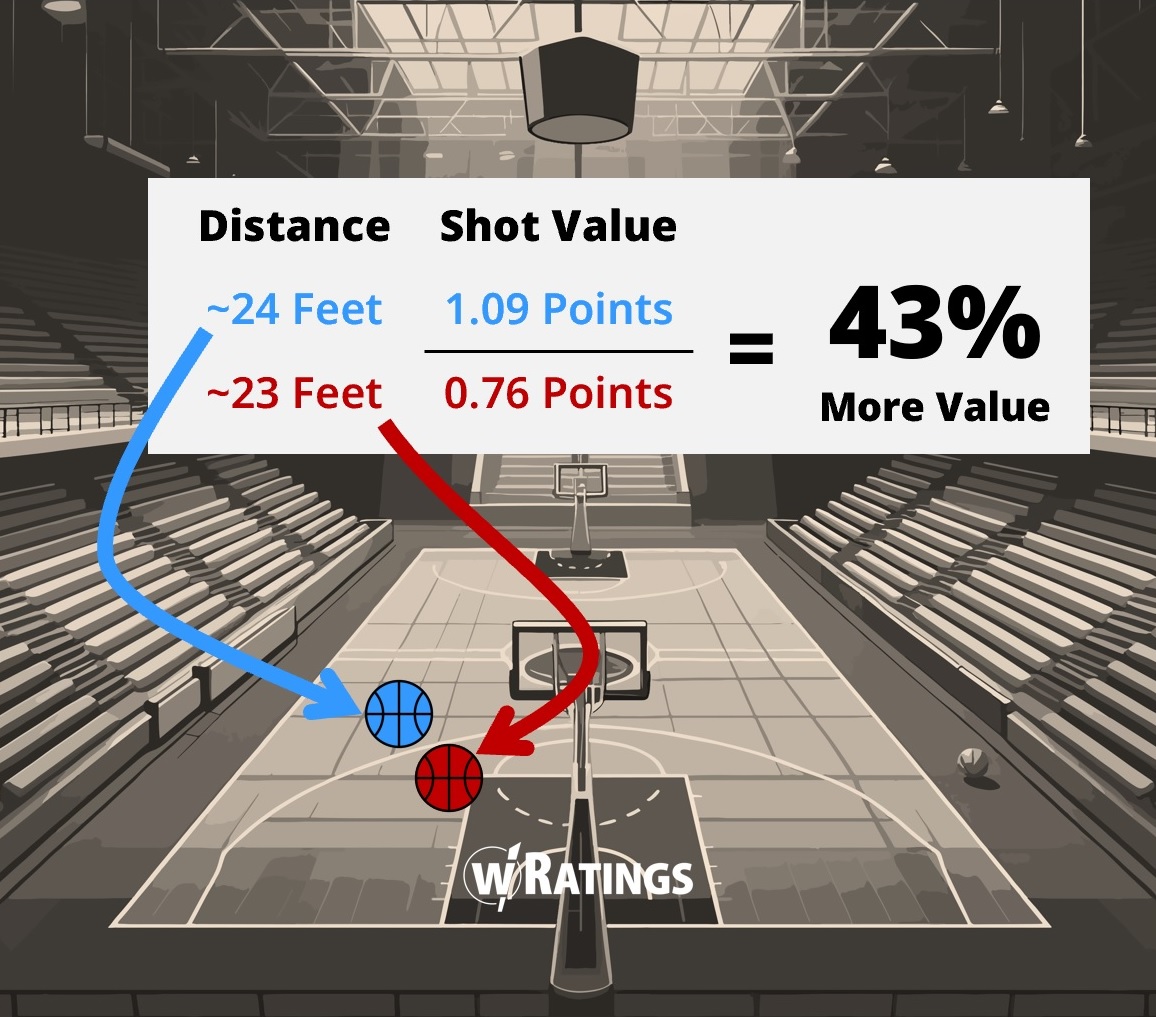
After hiring 3-point wizard (as a Chicago Bulls player) Steve Kerr to be their head coach in 2014, the team won three of the next four NBA championships. The Warriors were able to exploit the 3- vs. 2-pointer inefficiency to win three titles by 2018. And then just like that, the competitive advantage was gone. The team went 15-50 in the 2020 pandemic-shortened season.
So what did Joe Lacob and Steve Kerr do? They adapted. The issue was that the expected value of the 3-point shot dropped from 43% to less than 4% in 2022. Yet, in 2022, they won the championship again.
How did they win it? That season the Golden State Warriors were #1 in defense (according to statmuse).
The Starbucks Story
In August 2024, Starbucks abruptly fired CEO Laxman Narasimhan after just a little more than one year on the job. The stock price had declined 33%, sales weakened, and lower cost competitors had taken customers away. The board replaced him with Brian Niccol, the CEO from Chipotle Mexican Grill.
Unfortunately, the departure of Narasimhan was quite normal. Data form exechange.com says that 74 of the 191 CEOs who left their roles in 2023-24 were forced out – the highest number since 2017, which was their first year of tracking their exits.
As part of his first actions, new CEO Niccol trimmed 30% of Starbucks product line and then fired 1,100 corporate staff. Niccol plans to revive the company by refocusing on the basics: Speeding up services and bringing back that vibe of the community coffee shop. In other words, become the third place between work and home again.
But wait a minute. Didn’t Starbucks go through this before? Yep, the exact same issues and the exact same solution happened in 2009 – just a year before Joe Lacob bought the Golden State Warriors. Howard Schultz came back as CEO, and he cut costs/staffing and refocused the company on its core coffee offerings.
Just like Golden State’s focus on 3-pointers, Starbucks focus on what it does best – great coffee – turned out to be a winner. By 2014, sales were up 58% from five years earlier. Fast forward to March 2025, and will a return to coffee and the third place work?
Moneyball for Starbucks Sales Growth
Using our Moneyball growth analytics, we assessed the Starbucks customer perspective on just what does move the sales needle – both today and in the future. These are standard charts on our platform to analyze Growth Contribution and Customer Willingness to Pay.
Starbucks customers view both ease of doing business and flexibility (less Strictness) as the top contributors to sales growth today. This indicates Niccol’s plan to speed up services and increase convenience levels is on target. Customers value both of these areas and any performance deficiency would impact current sales.
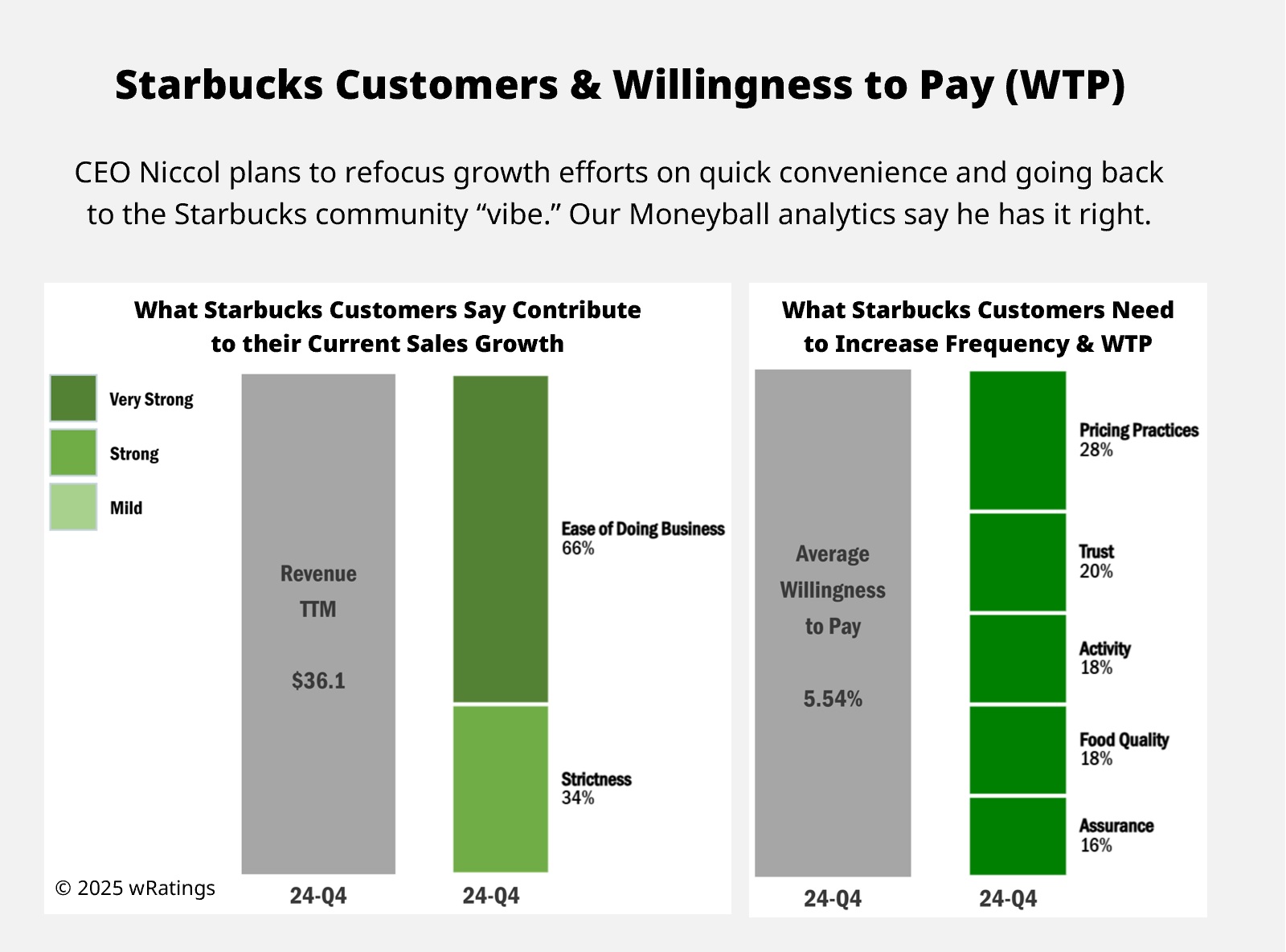
The second half of Niccol’s plan is to bring back the community coffee shop vibe to every Starbucks. “Vibe” is a strongly emotional dimension of how customers feel when they interact with Starbucks, whether in the store, drive-thru, mobile app, and any other medium.
Our analytics show that in order for Starbucks to entice customers to frequent or pay more, three emotions are critical: Trust, Activity (Connection), and Assurance. These make up 54% of a customer’s willingness to pay for a Starbucks. And the remaining 46% is based on the value of making great coffee (quality for price). Once again, Niccol’s move to reestablish the Starbucks vibe is rooted in compelling customer analytics.
Lastly, Golden State had to add more to their game in order to build their 2022 championship. In addition to their 3-point approach, they added in playing phenomenal defense and ended the season ranked #1.
The cost cuts by Niccol provided a much needed shot (pun intended) to invest in new opportunities. The plan is to tap into the latest consumer trends, such as the Dubai Chocolate Matcha Latte or its new Cortado offering, in order to vault Starbucks back up to the winners circle.
While the Golden State Warriors have successfully turned themselves around for a second time already, Starbucks’ Niccol still needs to execute on his plan.
If you’d like access to Starbucks and other companies from our W-30 benchmarks, apply to become a wRatings Insider.
© 1999-2025 wRatings. All rights reserved / Privacy Policy
